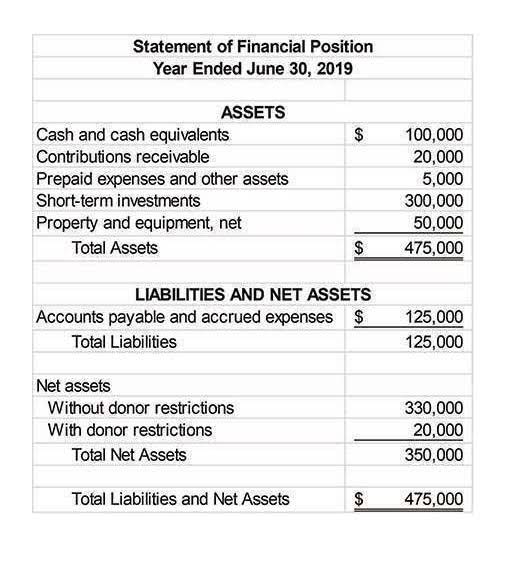T Account What Is It, Examples, Format, Related Terminologies

Depreciation, calculated using methods like the Modified Accelerated Cost Recovery System (MACRS), reduces the asset’s book value over time. Accurate asset tracking is critical for financial metrics like the current ratio, which compares current assets to current liabilities to assess liquidity. T Accounts are used in accounting to track debits and credits and prepare financial statements. This allows adjusting entries business owners to make faster, data-driven decisions, reduce errors, enhance tax compliance, and stay audit-ready.
- Businesses often require customized reports tailored to specific stakeholder needs, regulatory requirements, or industry standards.
- These errors may never be caught because a double entry system cannot know when a transaction is missing.
- Since the service was performed at the same time as the cash was received, the revenue account Service Revenues is credited, thus increasing its account balance.
- Don’t worry, T accounts aren’t about to be replaced by robots (at least not entirely).
- Each T account carries the debit and credit entries for a different type of account, such as accounts receivable, cash, sales revenue, and so on.
What Is a T Account in Accounting and How Is It Used?

Debits and Credits are simply accounting terminologies that can be traced back hundreds of years, which are still used in today’s double-entry accounting system. As I stated before, some accounts will have multiple transactions, so it’s important to have a place number each transaction amount in the debit and credit columns. Understanding the perks and uses of T-accounts can seriously boost your business’s financial management skills. For more insights into journal entries and their role in accounting, take a look at our articles on what is a journal and accounting general journal entries. They give you a clear, visual snapshot of each account’s activity.

What are T Accounts? – Comprehensive Guide – Conclusion
The credit was to loan, so this is used to describe what has happened to our bank account above. The next transaction relating to what are t accounts the bank account was on the 7th of April. By account, we mean a summary record of all transactions relating to a particular item in a business. If you’ve been studying accounting for even a short amount of time then you’ve probably heard of T-accounts and ledgers. In this lesson we’re going to learn exactly what these are, we’ll look at a detailed example of how to put a T account together, and we’ll learn why they’re so important.
What is the relationship between T accounts and the accounting equation?

Every financial transaction is first recorded as a journal entry, into the general journal. So, the general journal is the original book of entries that contains the raw financial data of a business. AI in Accounting The use and purpose of a T account is to help business owners visualize the amounts on each individual account.
- It is necessary for them to always be in balance with one another.
- A T-account is a visual depiction of what a general ledger account looks like.
- T-Accounts always record entries in the same fashion, with “debits” on the left and “credits” on the right.
- Service Revenues include work completed whether or not it was billed.
- This ensures a complete record of financial events is tracked and can be accurately represented by financial reports.
- It really shows how useful it is to try to draw out transactions in T-accounts before they are committed to the company records.
- These terms might sound fancy, but they’re actually quite straightforward.
- On the other hand, t the account must be credited o increase ABC’s Notes Payable account, since it is a liability account.
- The asset Equipment increases by $2,500 and is recorded as a debit.
- A contra revenue account that reports the discounts allowed by the seller if the customer pays the amount owed within a specified time period.
- Before we explain and illustrate the debits and credits in accounting and bookkeeping, we will discuss the accounts in which the debits and credits will be entered or posted.
- T accounts help organize and understand financial transactions by showing how debits and credits affect accounts.
Let’s break down the basics of debit and credit entries with some clear examples using T-accounts. It’s essentially a visual representation of a ledger account shaped like the letter “T.” The left side of the T is for debits, and the right side is for credits. This format is particularly useful for understanding how transactions affect your accounts, as each entry will have an equal and opposite entry. And as you’re issuing sales invoices, making payments, receiving revenue, Deskera automatically debits and credits the transaction values into the corresponding ledger accounts. Expenses decrease the owner’s equity and are recorded as debits, so the Utility Expense account will be debited for $150. Decreases in assets are recorded by credits, so Cash will be credited for $150.

